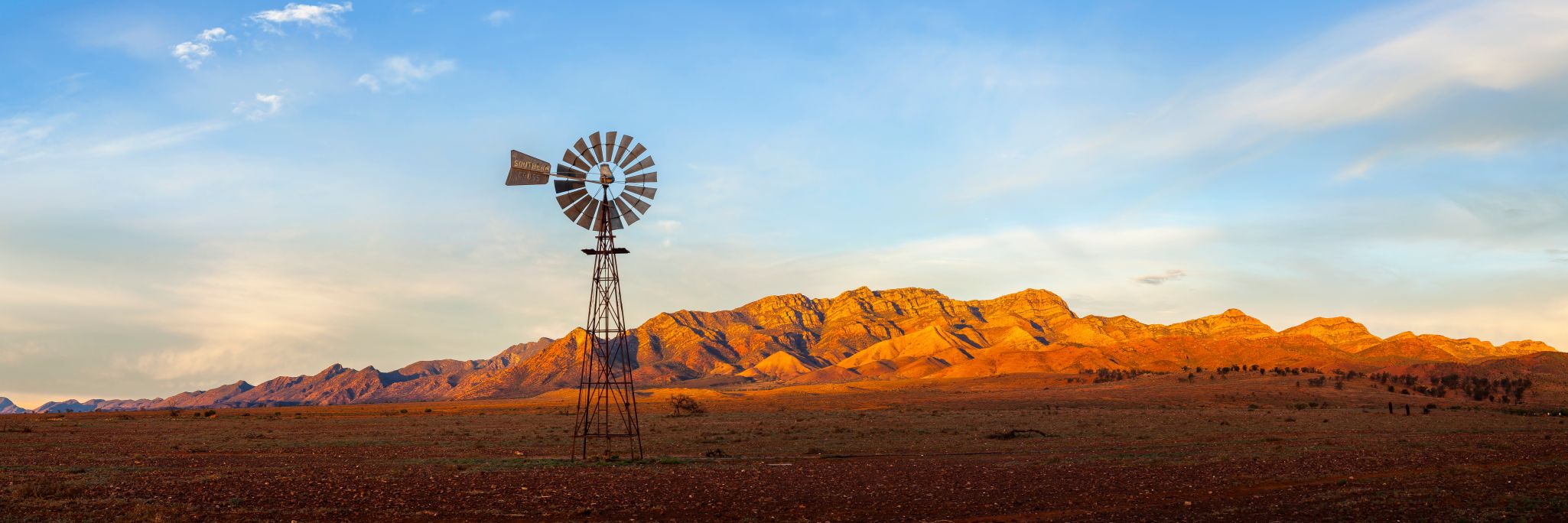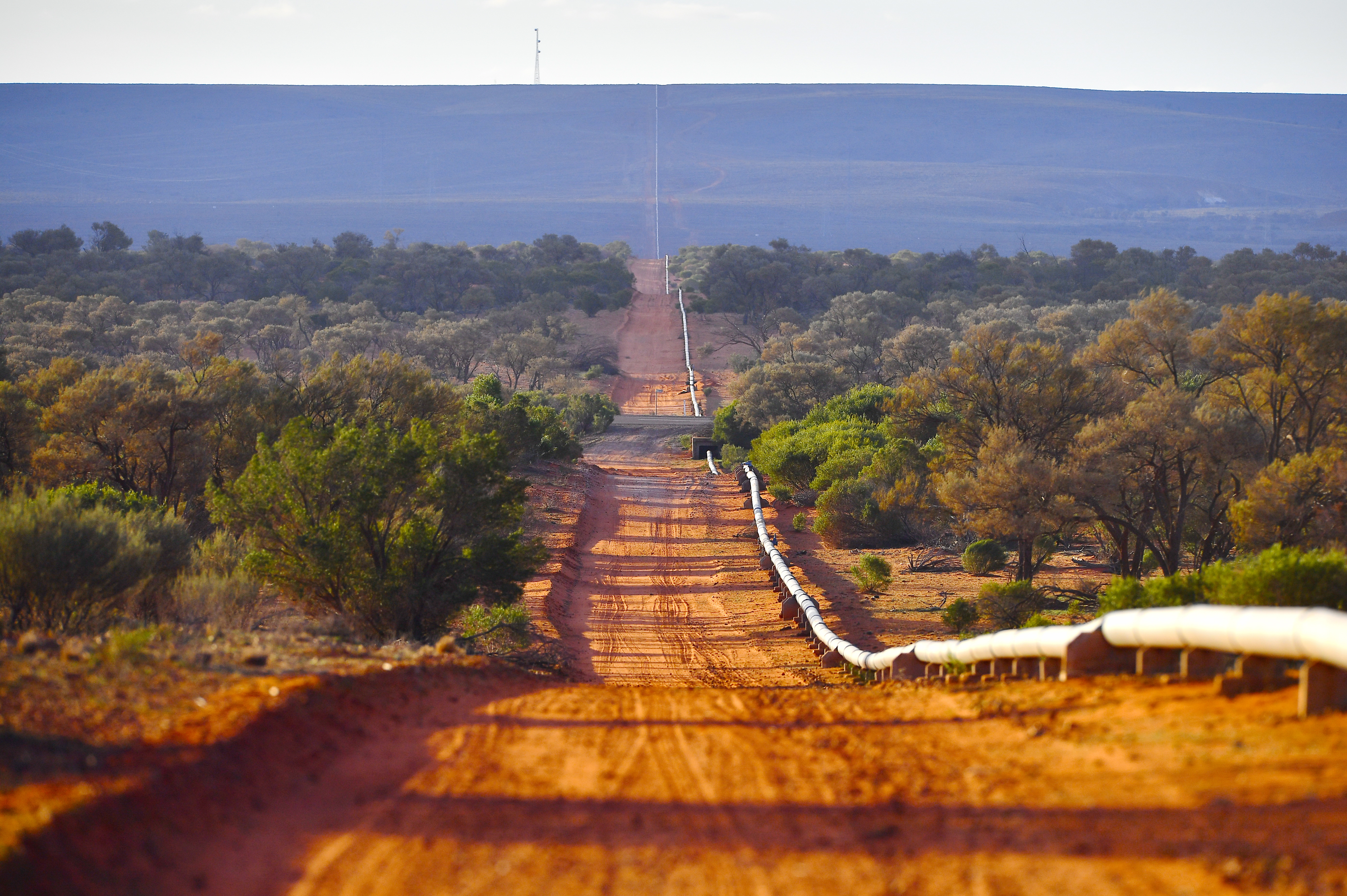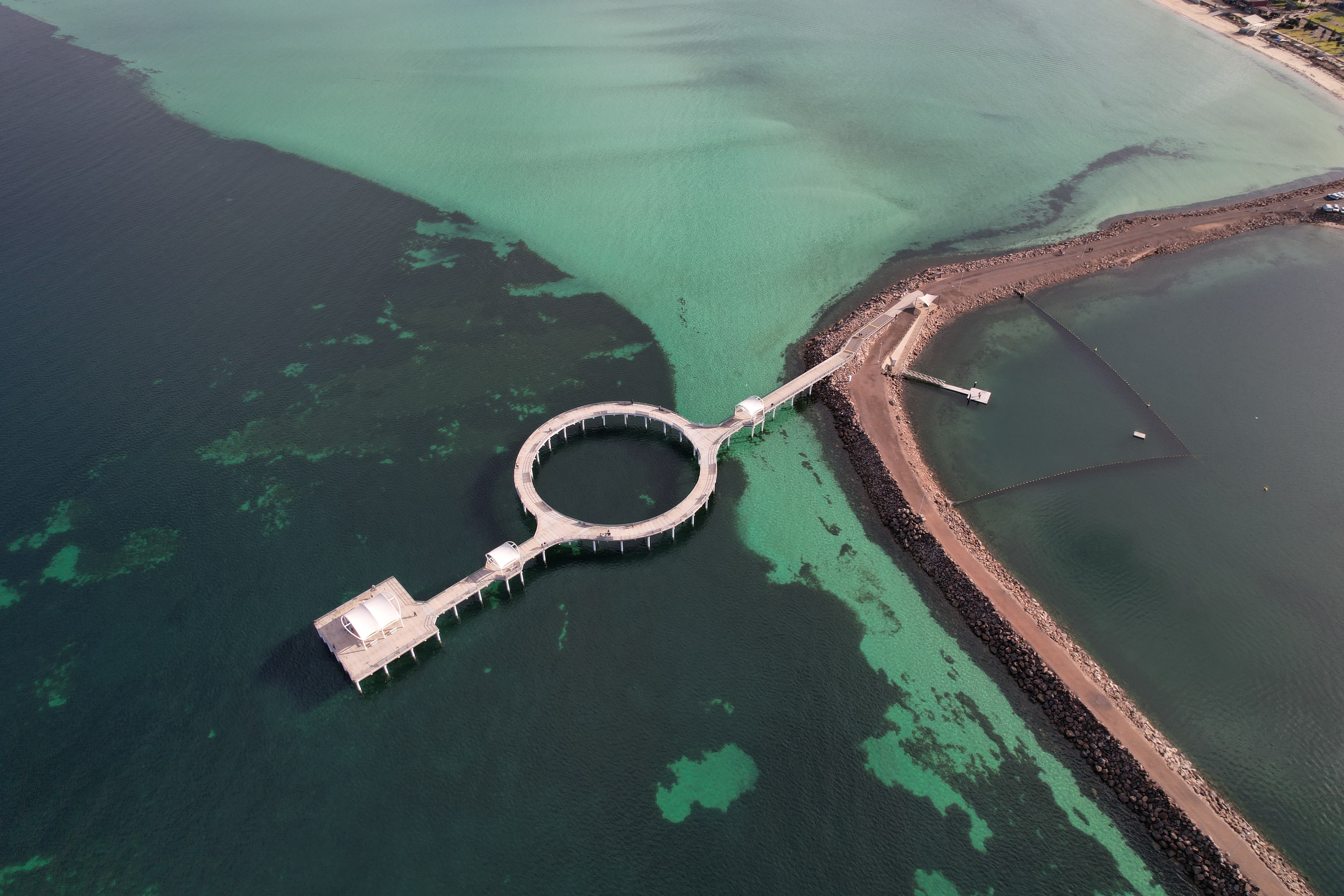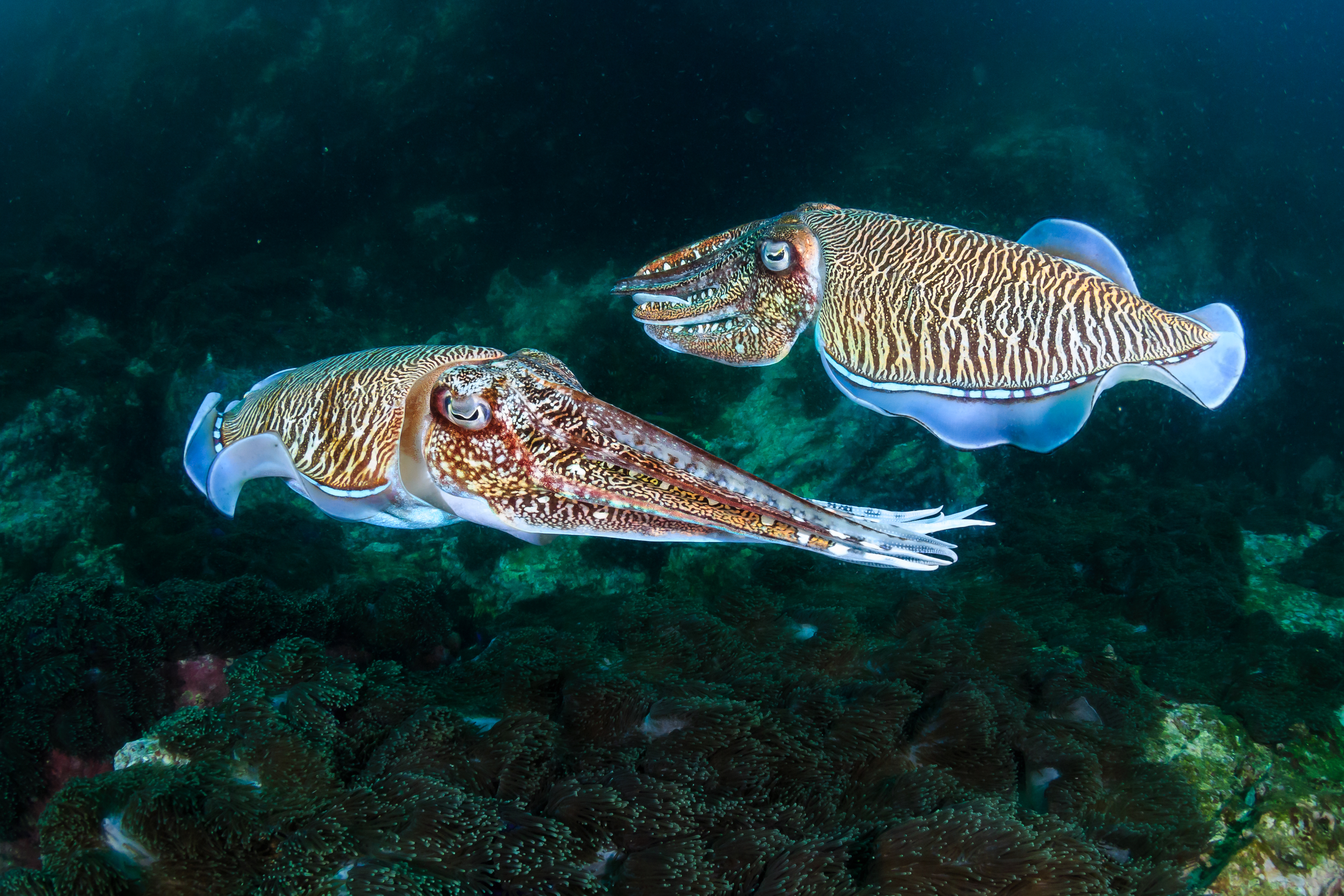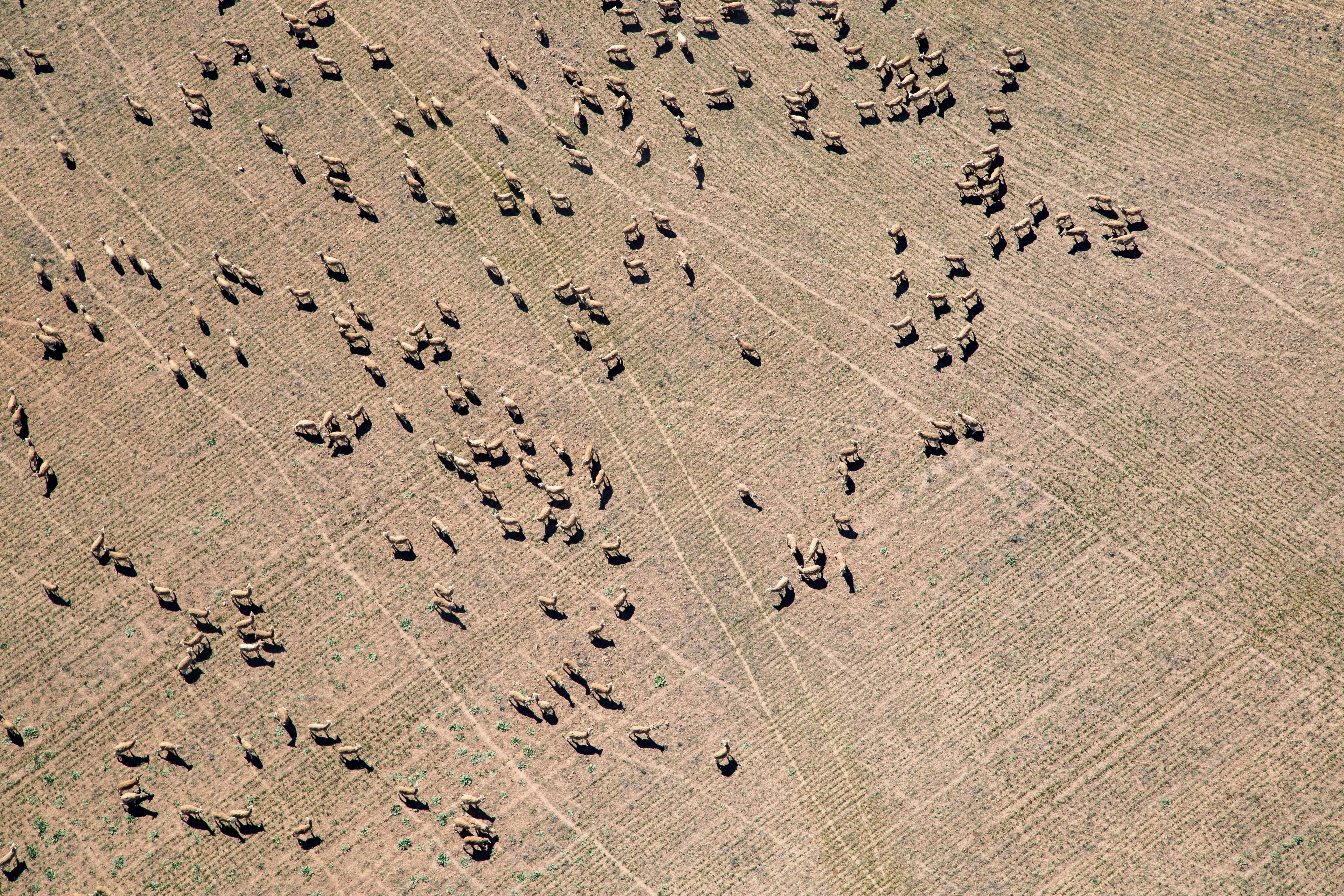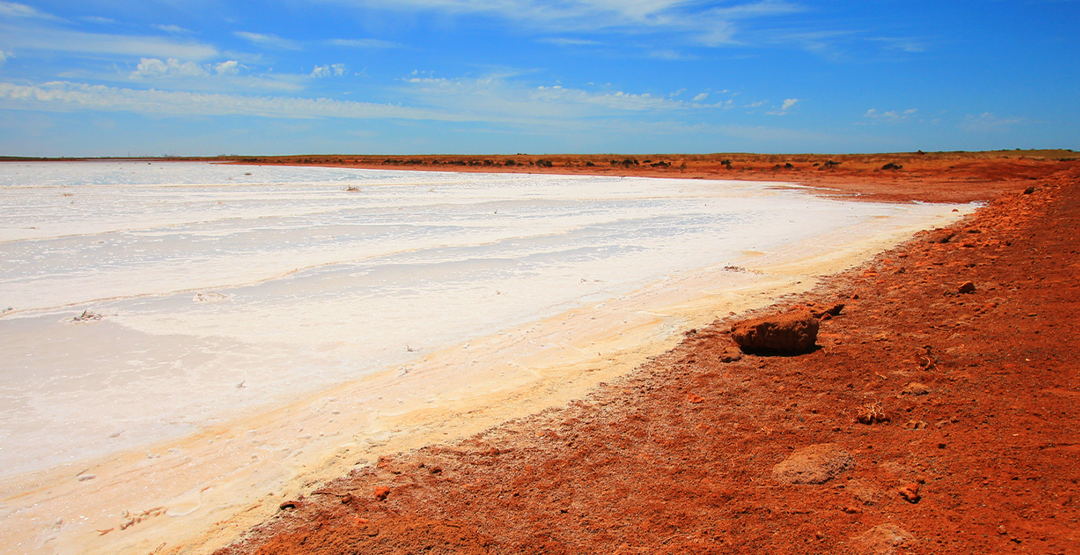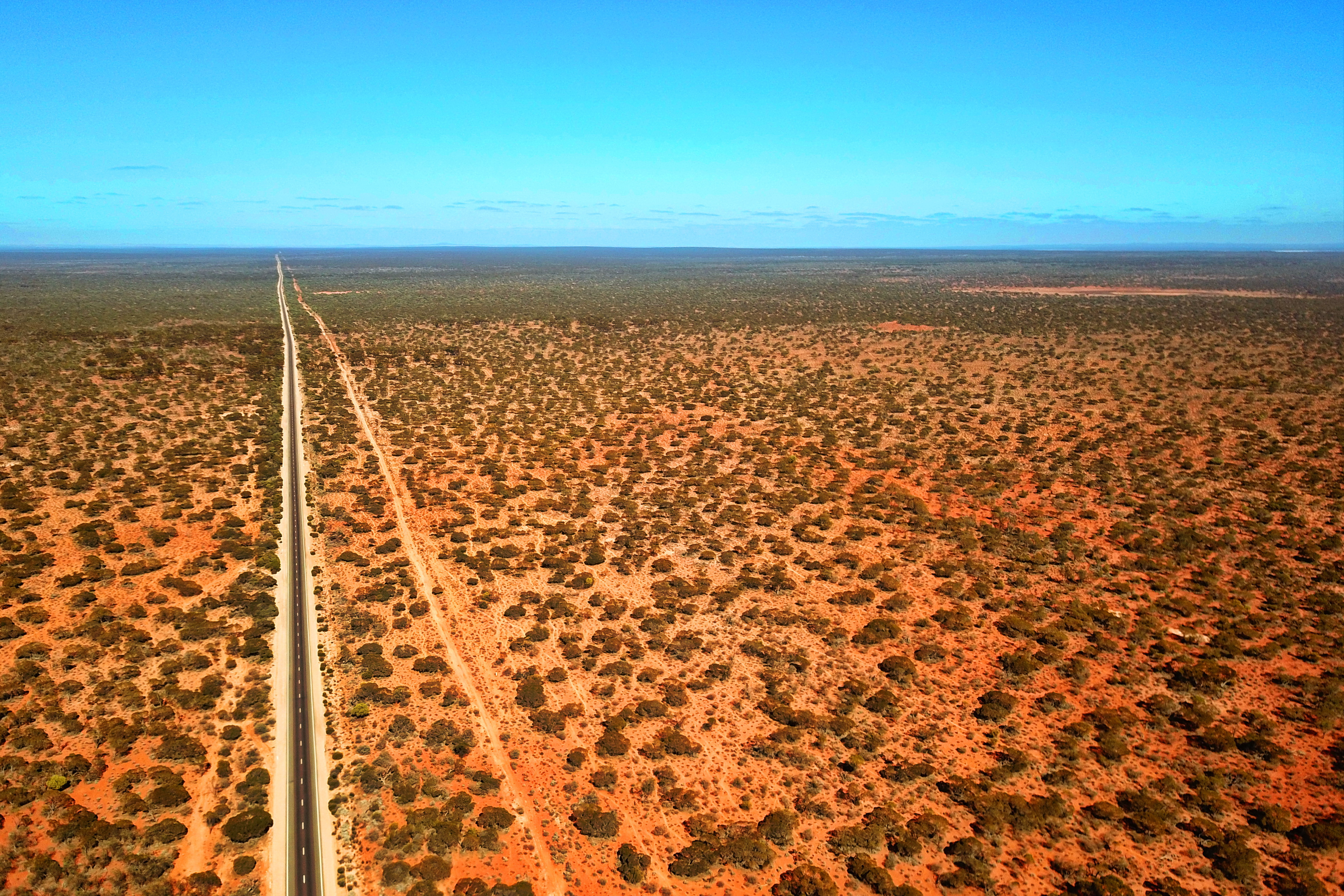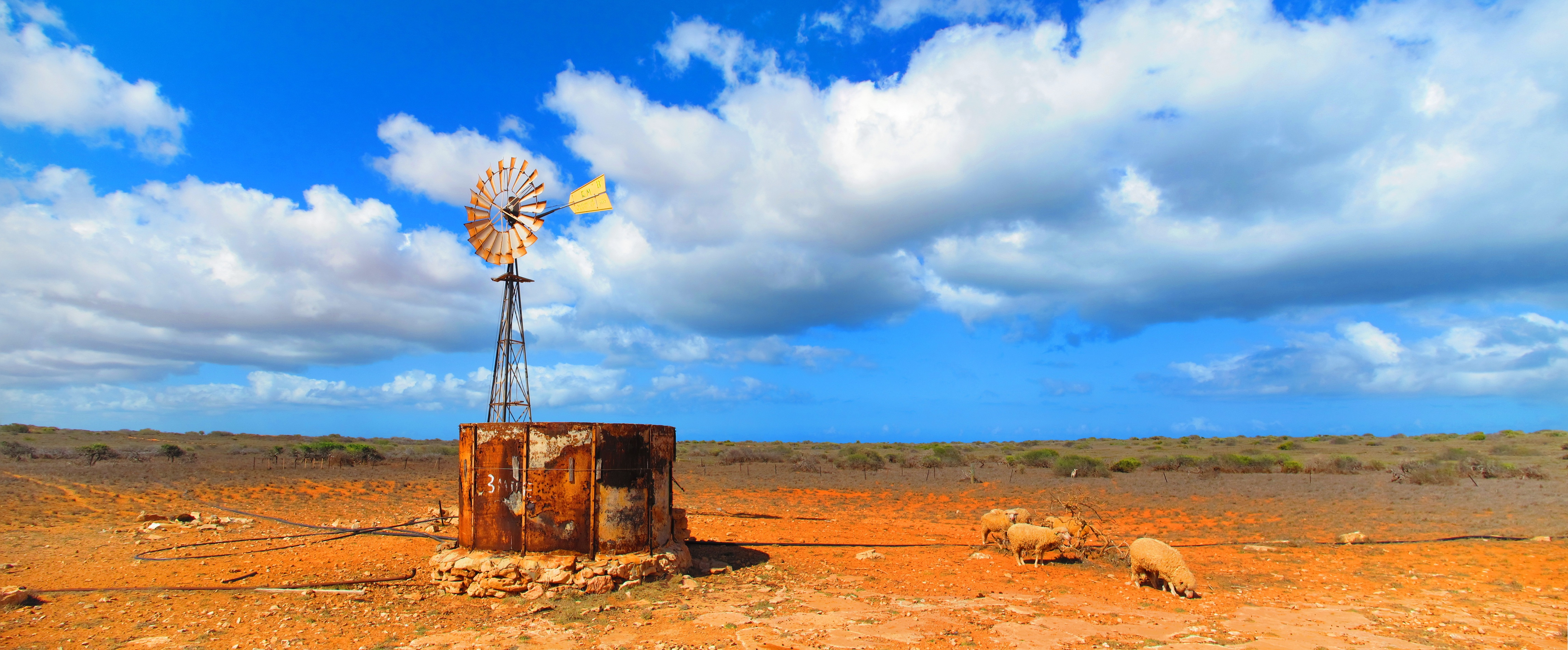Northern Water aims to provide a new, climate independent water source for the Far North, Upper Spencer Gulf and Eastern Eyre Peninsula regions of South Australia, to enable the growth of industries crucial to achieving net-zero goals, including the emerging green energy and hydrogen industries.
This would involve construction and operation of a 260ML/day seawater desalination plant (in two stages) in the Spencer Gulf connected to northern South Australia via up to 600km of pipeline.
The final decision to proceed with construction of the Northern Water project will rely on gaining required project approvals and agreements. This encompasses extended consultations with traditional owners, landholders, and the community; comprehensive evaluations of environmental, engineering, and economic aspects of the project; and commercial negotiations for project delivery and water purchase. The final project decision is expected in 2025.



